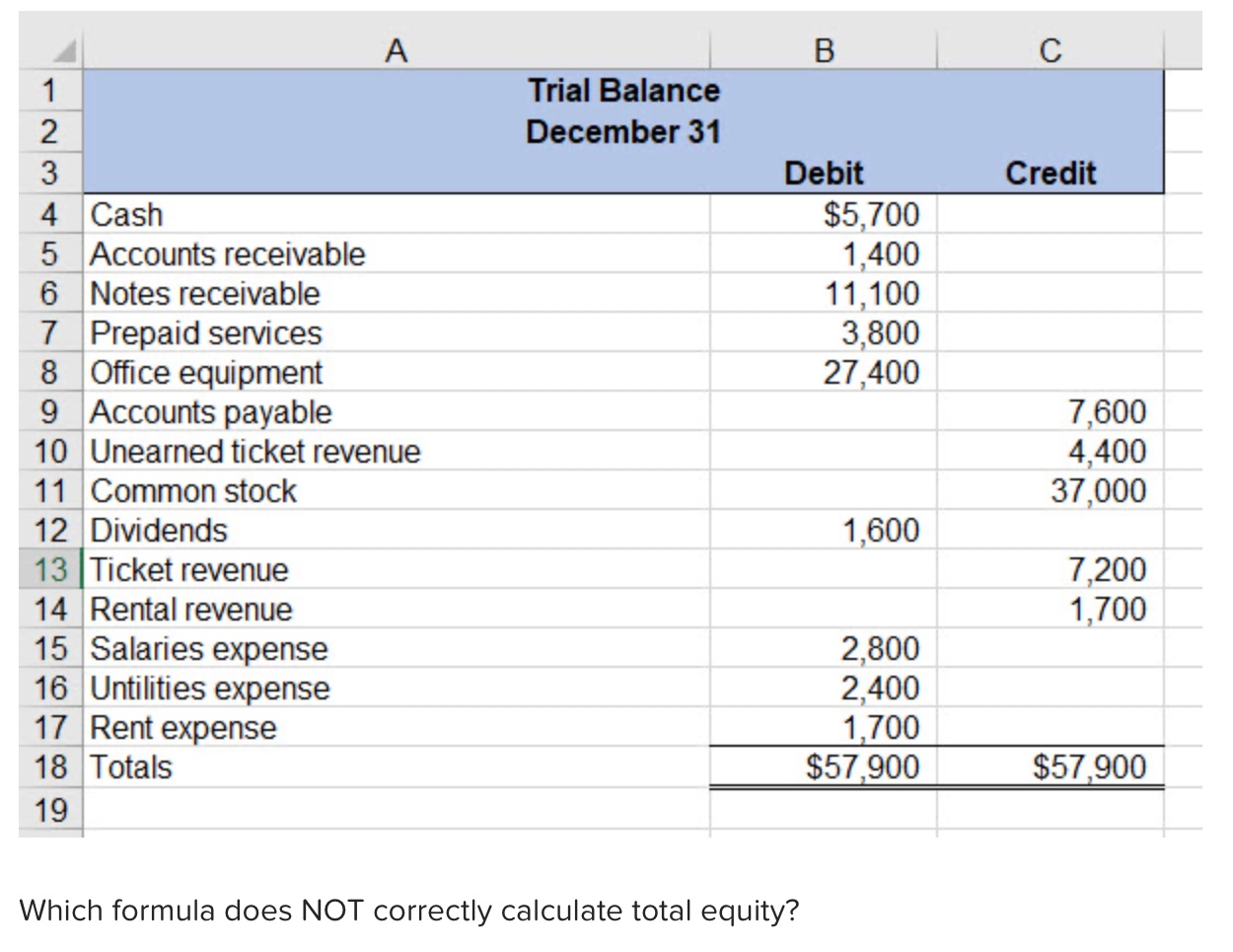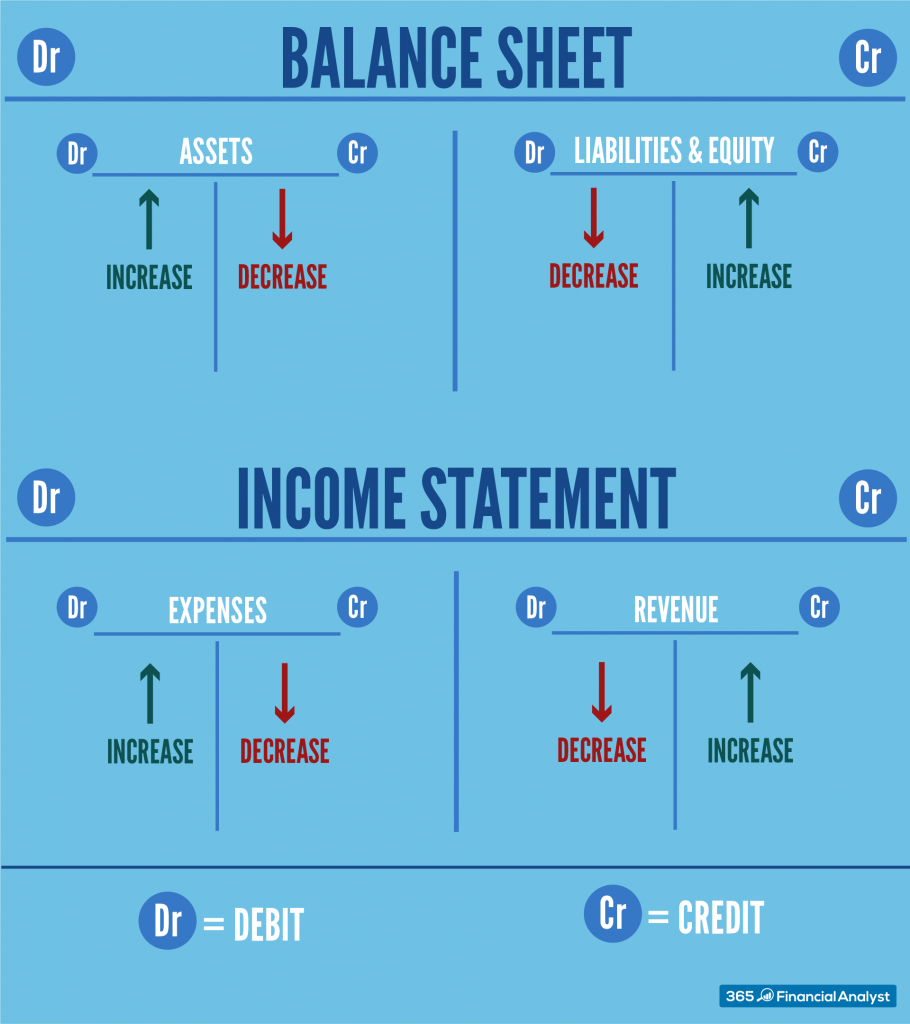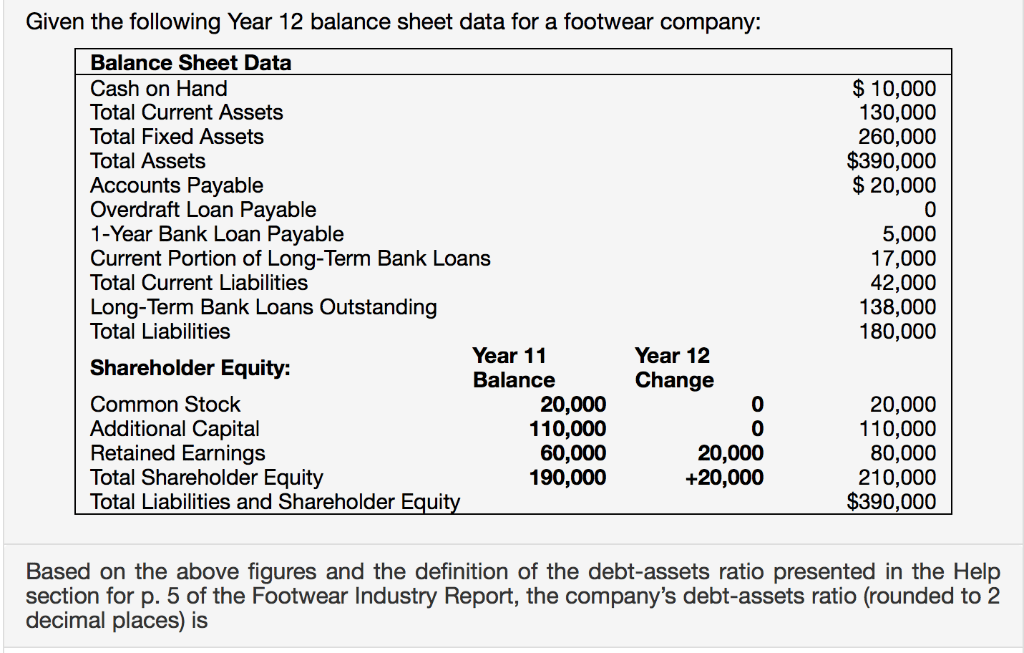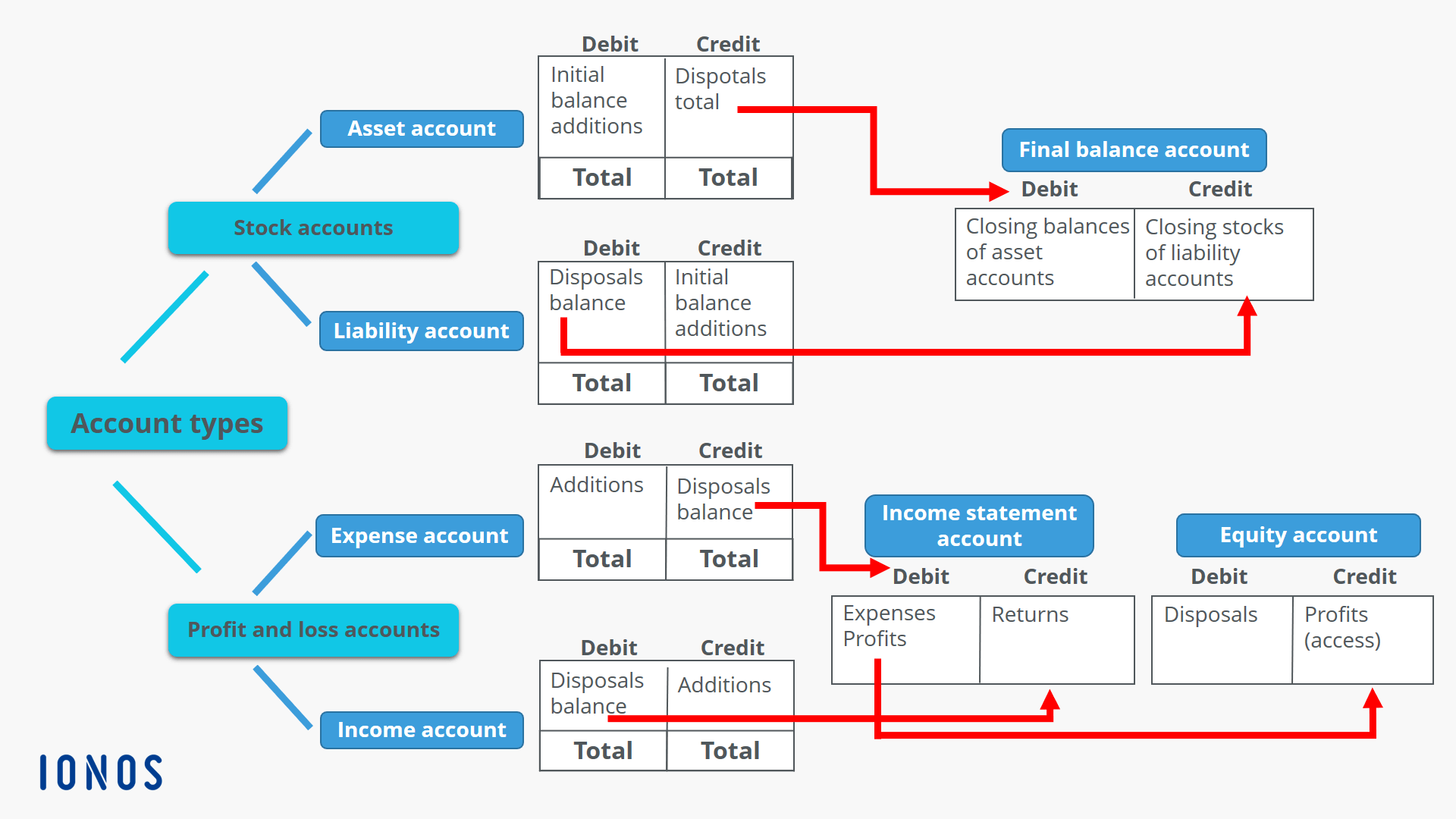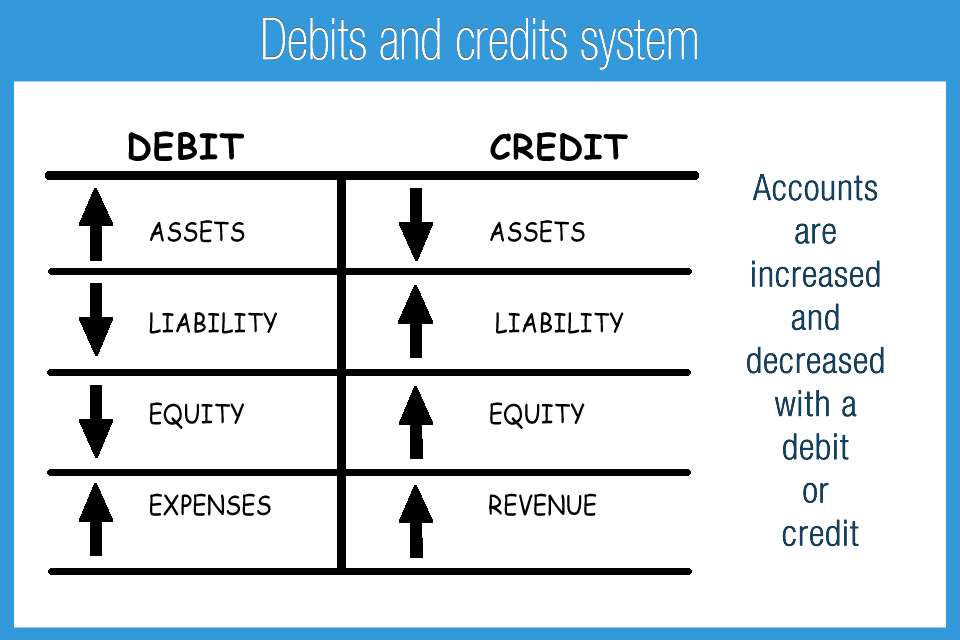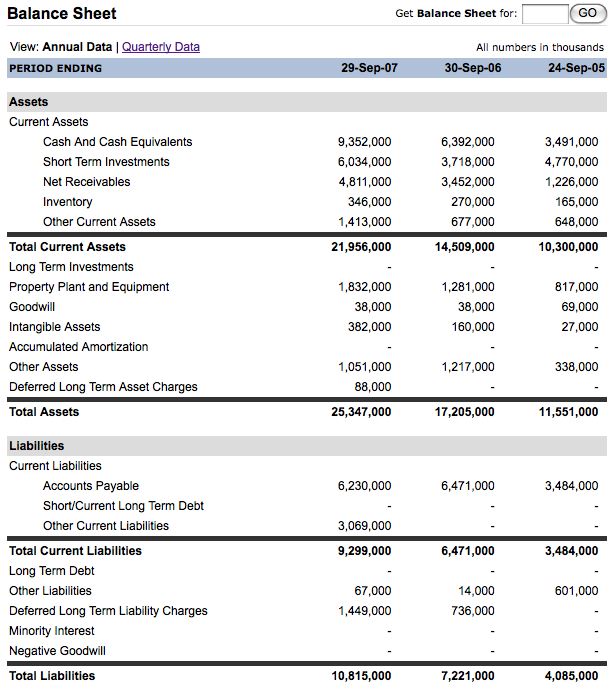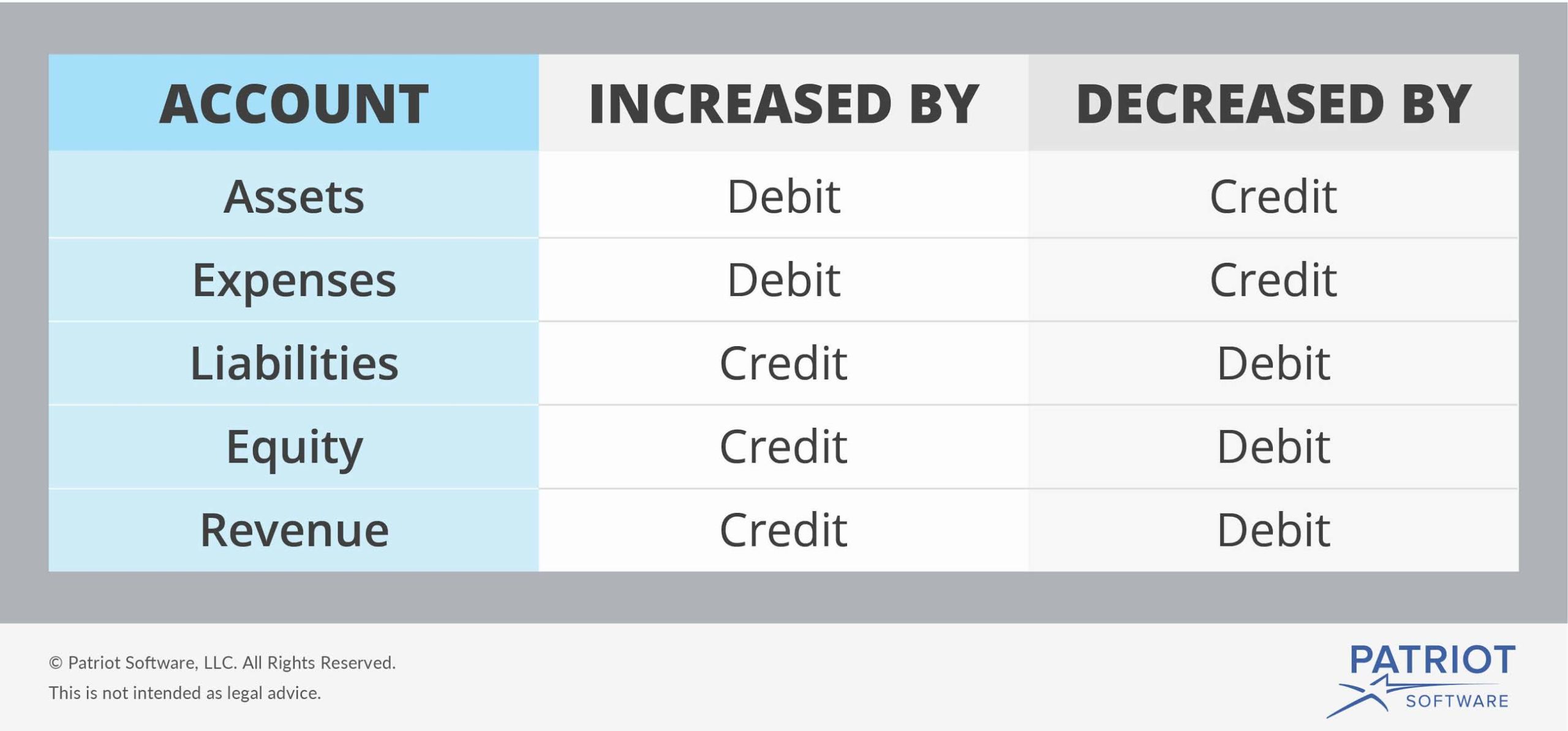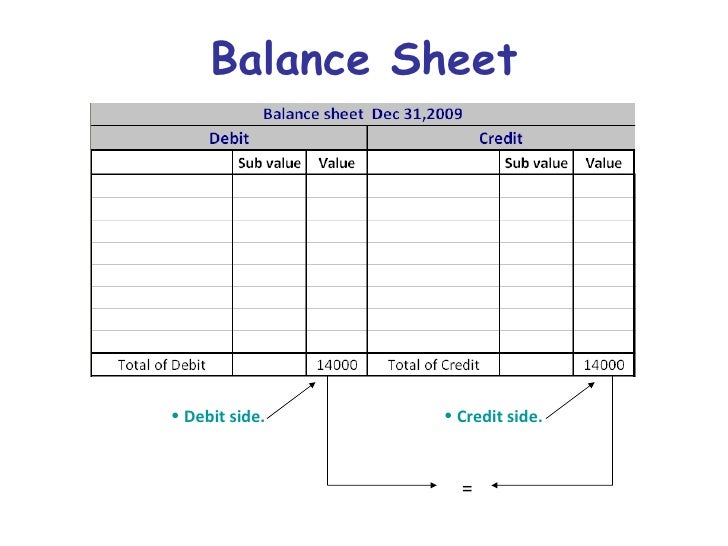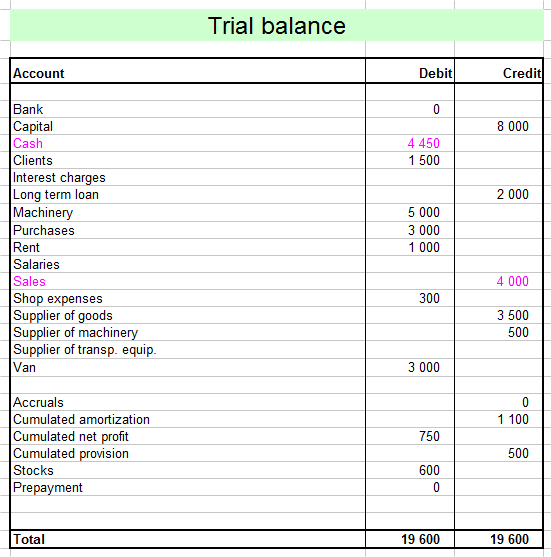Beautiful Tips About Debit And Credit Side Of Balance Sheet
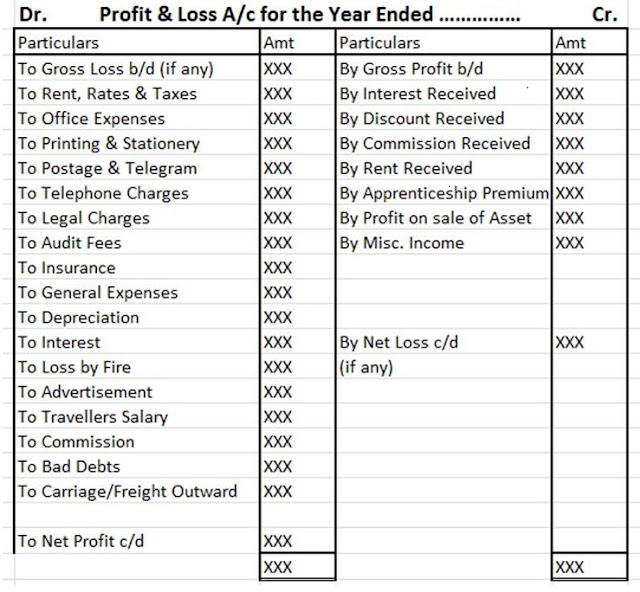
Liabilities are increased by a credit, decreased by a debit;
Debit and credit side of balance sheet. Let’s say you have an account at a bank. Recall that credit means right side. Cash account above example shows the debit balance in the cash account (by balance c/d) which is shown on the credit side.
In the asset accounts, the account balances are normally on the left side or debit side of the account. Include the balance for each. Assets are increased by a debit, decreased by a credit;
A debit increases the balance and a credit decreases the balance. On the other hand, credit is used for money going out. In our introduction post to accounting, we said that net profit is the link between the p&l and the balance sheet.
There are no exceptions to this rule, even though some accounts may seem to have strange rules at first. The liability and equity accounts are on the balance sheet. Since assets are on the left side of the equation, an asset account increases with a debit entry and decreases with a credit entry.
For every transaction, there must be at least. Liability accounts will normally have credit balances and the credit balances are increased with a credit entry. An increase in the value of assets is a debit to the account, and a decrease is a credit.
The balance sheet is composed of a left (debit) and right (credit) side and represents the basic accounting equation: On a balance sheet or in a ledger, assets equal liabilities plus shareholders' equity. For the books to remain balanced, debits must always equal credits.
Therefore, the debit balances in the asset accounts will be increased with a debit entry. Cash is an asset and goes to the debit side of the balance sheet. Investopedia / madelyn goodnight what is the difference between a debit and a.
If you are really confused by these issues, then just remember that debits always go in the left column, and credits always go in the right column. A balance sheet is based on the foundational accounting equation of: Debits and credits cheat sheet when discussing debit, we refer to money coming into an account.
As a result, debits and credits play an essential role in accounting by providing a way to track financial transactions and ensure that the books remain balanced. Assets = liabilities + equity the accounting equation must always be in balance and the rules of debit and credit enforce this balance. Recording assets, liabilities, and equity
On a balance sheet, positive values for assets and expenses are debited, and negative balances are credited. The rules governing the use of debits and credits are noted below. That rule reverses for the liabilities side of the sheet.

